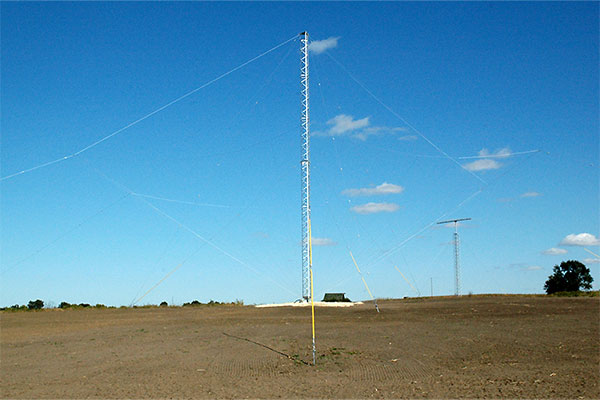When a batch of antennas from France arrives in Shanghai, what processes will they undergo to reach users smoothly?This is a test for importing companies to ensure that these key communications devices can safely, compliantly and efficiently pass through Chinas customs?This article will give you a detailed understanding of the entire process of importing antennas in Shanghai, from the clearance operation process to the actual case analysis, providing a clear idea for those facing the same challenges.

First, French antenna shelf import Shanghai port clearance operation process
The process of importing antenna shelves to Shanghai port can be divided into the following steps:
1 signedImport agentprotocol:First, an importing company needs to have an experience.Import agentThe agreement ensures that the entire import process complies with Chinese laws and regulations.
Providing product information:Companies are required to provide the agent with the details of the antenna shelf in order to determine the customs code and whether an application for an import license is required.
Delivery abroad :After confirming all the details and requirements, the French side began shipping and shipping the antenna shelves to the port of Shanghai.
After port clearance process:Includes the exchange of agency orders, reporting customs declarations, customs audit, exit customs tariffs, payment of taxes and so on.
Inspection and Release:Customs or commercial inspections will inspect the antenna shelf. Once the inspection is qualified, it will be released, at which time the importer can ship the goods to the final destination.
Although this process is complex, it is crucial to follow the right steps and regulations.Each step is a necessary link to ensuring that the antenna rack is safe and compliant to enter the Chinese market.
Analysis of Import Case
Take for example an antenna shelf imported from France to the port of Shanghai. The customs code of the product is 9024900000, which is classified as an indoor dedicated oriented antenna shelf, with a discount tax rate of 4% and a value added tax rate of 17%. At the time of import, such products must provide detailed customs reporting information, including invoices, packaging sheets, invoices, contracts, etc., as well as any required inspection reports or ingredient tables and certificates of origin.
Companies importing such equipment should pay attention to the following points:
By analyzing this practical case in detail, can better understand the specific processes and requirements that need to be followed for imported antenna racks.
In-depth analysis of customs requirements
When importing antenna racks, customs is a key link, involving several specific requirements:
1) Compliance with regulations:Importers must be familiar with and comply with all Chinese laws and regulations relating to imports of special equipment.
Compliance of products:Ensuring that the antenna rack meets China’s safety and technical standards may require the provision of a corresponding test report or certification.
The detailed declaration:At the time of customs reporting, all relevant information must be completed accurately, including the specific uses and technical specifications of the product.
Payment of taxes:Clear tax calculation methods and payment processes to ensure timely and adequate payment of all tariffs and taxes.
The field inspection:Prepare for customs on-site inspections, including physical inspections of products, document audits, etc.
Follow-up supervision of :Understand the post-import regulatory requirements, such as installation, use and maintenance, to ensure long-term compliance.
Following these requirements not only speeds up customs processes, but also avoids unnecessary legal risks and costs.
The import of antenna racks is not only a logistics process, but also a comprehensive challenge involving many aspects of law, technology and management. By understanding and following the import clearance process at Shanghai Harbour, can ensure their antenna racks enter smoothly and provide a high-quality communication experience for end users.


 Follow customer service WeChat
Follow customer service WeChat